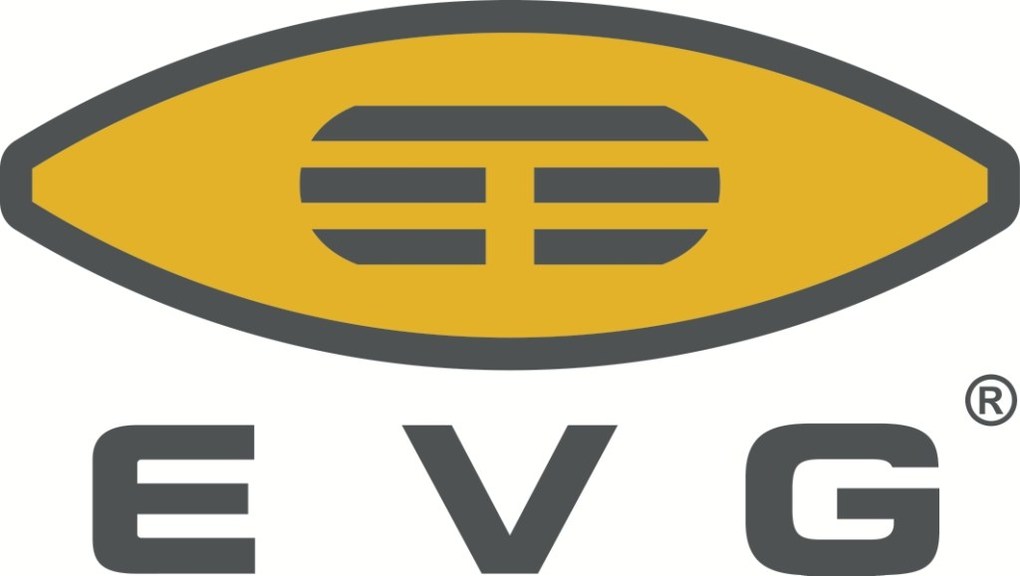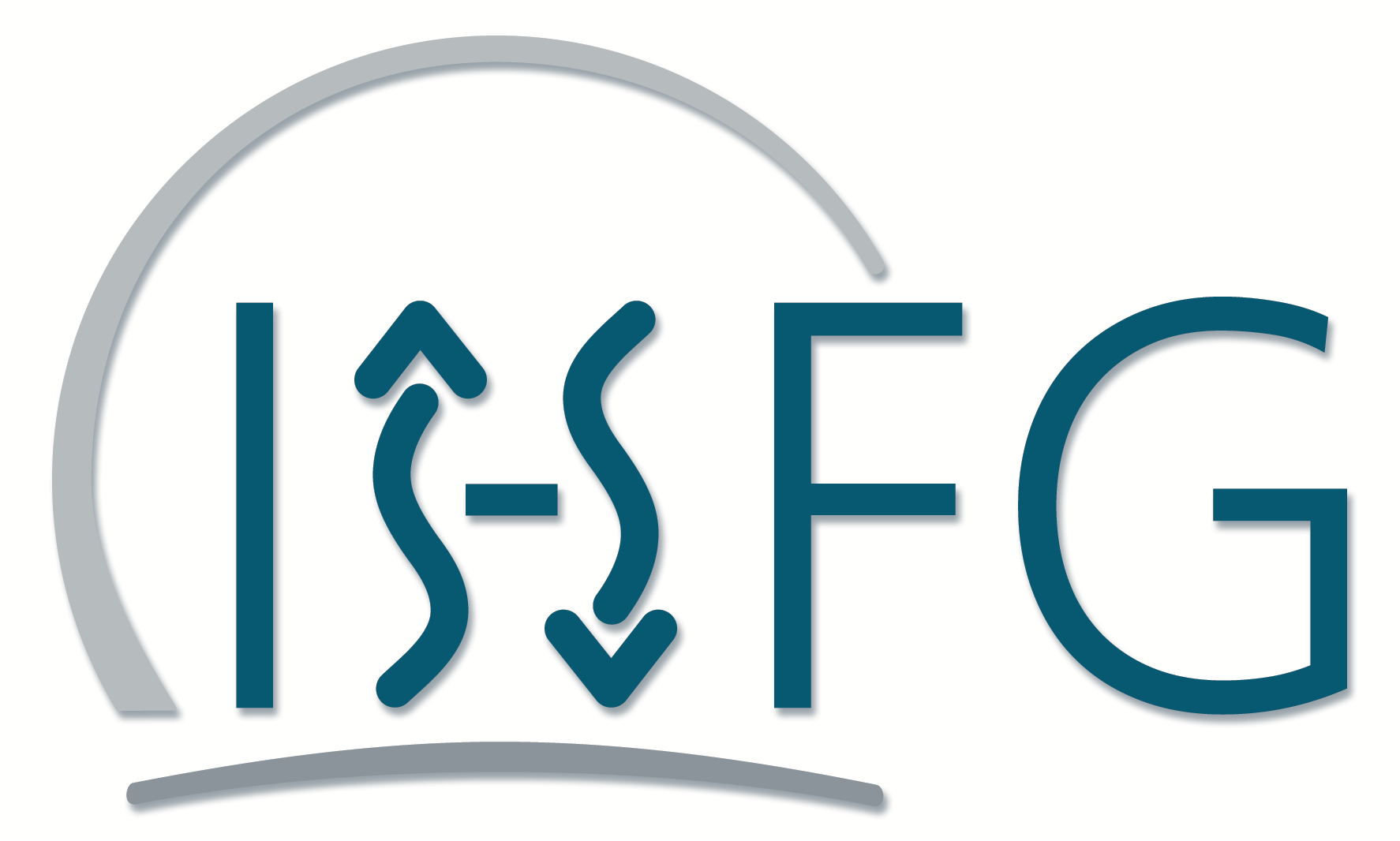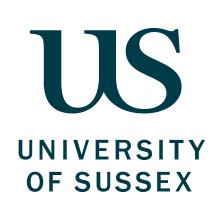
A short description of the service and how the visitor will benefit from it.

A short description of the service and how the visitor will benefit from it.

A short description of the service and how the visitor will benefit from it.

A short description of the service and how the visitor will benefit from it.
Communication networks that use the quantum properties of photons and matter for transferring data are fundamentally more secure than traditional networks and will become indispensable in the coming era of quantum information processing. The fundamental building block for such a quantum network is a node where flying photonic qubits and stationary matter qubits can exchange information efficiently and with high fidelity. While multiple prospective platforms exist, semiconductor quantum dots (QDs) stand out owing to their optical properties: they are the brightest and most coherent quantum emitters in the solid-state. Remarkable improvements of electronic- and nuclear-spin coherence in QDs recently put forward by the MEEDGARD research team have further strengthened the case for placing this system as the focus of a concerted effort towards a device capable of a full hardware stack demonstration.
We will combine the expertise of multiple research groups with complementary skills and foci to achieve an all-in-one device delivery: a semiconductor QD system capable of producing entanglement between a matter qubit and a photonic qubit and storing this information with 90% fidelity for 100 milliseconds, a 100,000 times improvement over previous QD-based results. We will deliver this with tailored and theory-guided QD growth and post-growth control to optimise optical and spin properties, which we will verify in spectroscopic measurements. We will integrate such a QD device with (1) a strain-engineering platform — allowing tuning of the interaction between an electron spin qubit and a nuclear register; (2) an optical micro-cavity — allowing efficient photon coupling; and (3) radiofrequency antennas — allowing dynamical decoupling of the nuclear spin register for 100 ms. Each academic member of our consortium has produced multiple results on the above foundational elements either separately or within bi-/tri-lateral informal collaborations; this project will provide the resources to bring members together and leverage their existing resources to produce a unique and highly impactful quantum device demonstration. An industrial partner, with expertise on wafer-scale heterogeneous integration, will contribute to the development of scalable fabrication processes. MEEDGARD’s success will have direct ramifications for future investment in semiconductor-based quantum networking.






